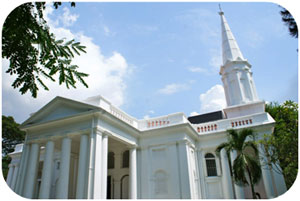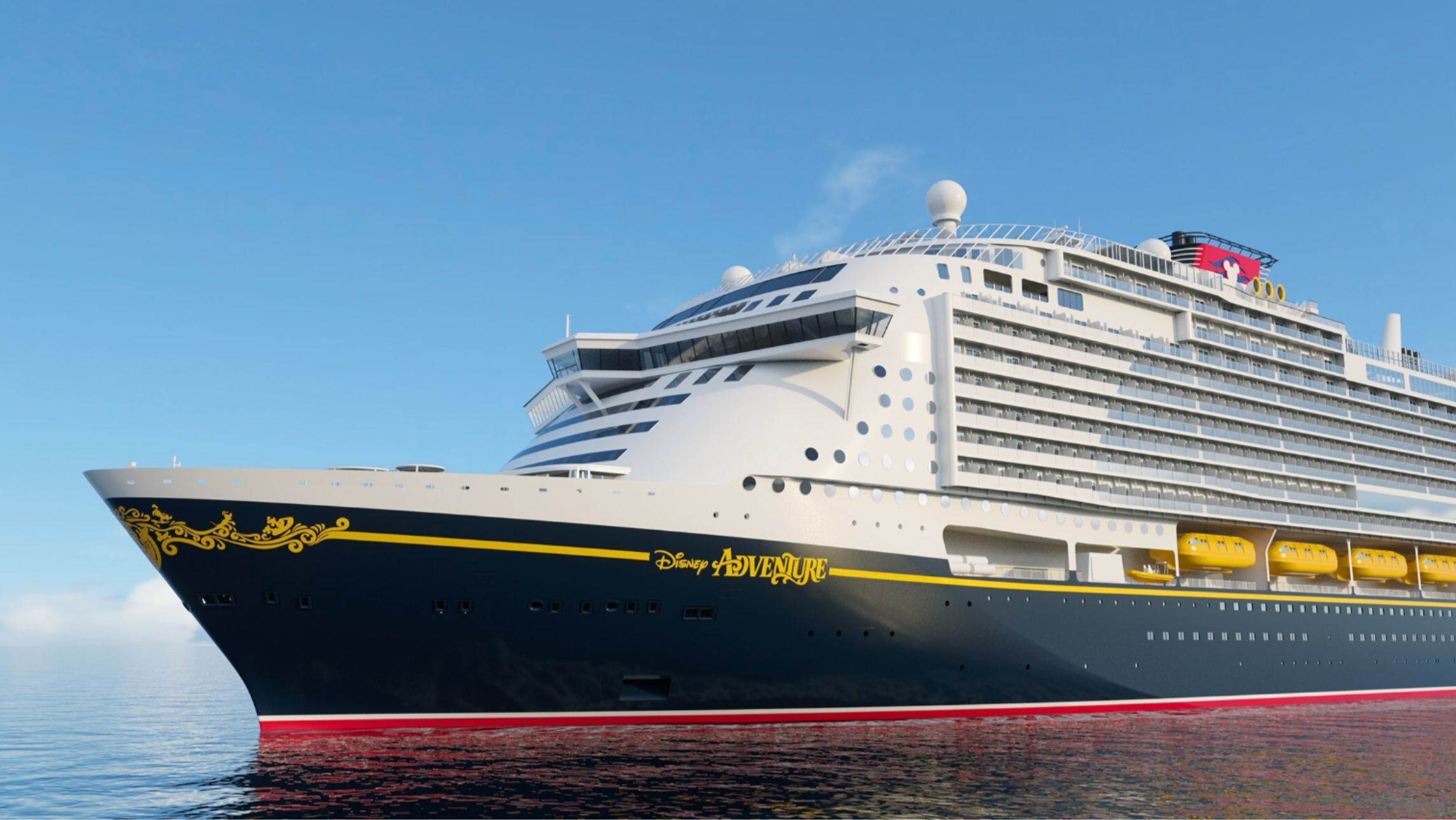One thing I never expected from my time in Singapore was the chance to delve into my Armenian heritage.
Heading into the muggy day outside, Toon He gushed that he was proud to show me the influence that Armenians had on this city.
Our first stop is the Armenian Apostolic Church of St. Gregory the Illuminator built in 1835 – the first church ever built in Singapore due to the growing number of Armenians in the city.
The smooth white columns beamed in the sunlight and we wondered through the memorial garden as Toon He told me the stories of some of those buried there.
Responsible for a lot of the socio-economic development in Singapore, I was surprised to find out that there has never been large numbers of the
nationality residing in the city (approximately 100 families at their peak in the 1880s) but that didn’t stop them from making a huge impact.
Little did I know that when I poured through the national English newspaper, the Straits Times, that morning that it was co-founded by an Armenian man named Catchick Moses (Movessian) who sold the paper in 1846 because it was unprofitable. How times change!
Nor did I know that when I made my pilgrimage to Raffles Hotel during my last trip to Singapore to sample their signature Singapore Sling, that the hotel was founded by the Armenian Sarkies brothers: Martin, Arshak, Aviet and Tigran.
Or the beautiful national flower, the Vanda Miss Joaquim. That was unveiled by Agnes Joaquim who was born in Singapore in 1854 of Armenian descent.
She presented the flower in 1899 at a flower show and won the $12 first prize. Three months later she passed away from cancer at the age of 44. In 1981 her flower was designated Singapore’s national flower.
As we wander past Agnes’ grave I gaze at The Parsonage that is reminiscent of a homestead from the deep South of America. It seems like such a waste to sit there empty of inhabitants.
The church is heritage listed and not a regular place of worship now but it does attract visitors because of its cultural significance and Toon He says that it is sometimes used for celebrations including weddings with a priest flown in for the occasion.
We speak to an Armenian couple visiting from Israel, I light a candle for my family, make a donation, sign the guest book and feel a sense of pride at my culture for not only integrating into a society so different from their own but also for making such a difference.
Heading down Armenian Street (yes there is even a street) we make our way to the Singapore Flyer where Toon He educates me on the feng shui aspects of the observation wheel.
The number 28 is very auspicious in Chinese numerology and this was taken into consideration when building the attraction that would grace the Singapore skyline and attract millions of people every year.
28 carriages, carrying 28 people each, cycles 28 times a day. So why 28?
The number 28 is thought to mean a doubling of prosperity (I am very happy with this meaning given I was born on the 28th) and, not only was the significance of this number taken into consideration when building the attraction, but also the direction in which the observation wheel turned to ensure that prosperity was being brought into Singapore and not being sent out of the city.
Stomachs grumbling from the morning’s activities, we head nearby to finally experience some local grub.
Hainan chicken melts in my mouth and Toon He runs off every few minutes to add another dish to our overflowing table.
Beef broth, fried egg, coconut juice…the dishes arrive endlessly and he entertains me with stories of his time in a city that captures my heart at every turn.
Keen to do a spot of shopping before my flight, we head to Chinatown.
Inexpensive stalls line the streets and I pick up more than a few bargains and souvenirs before Toon He leads me to meet someone whom I want to pack in my suitcase – a reflexologist.
Body pummelled and a lecture to drink more water absorbed, I decide to make a visit to the doctor – the Fish Doctor.
Click here to read more.
Words: Natalie Aroyan








